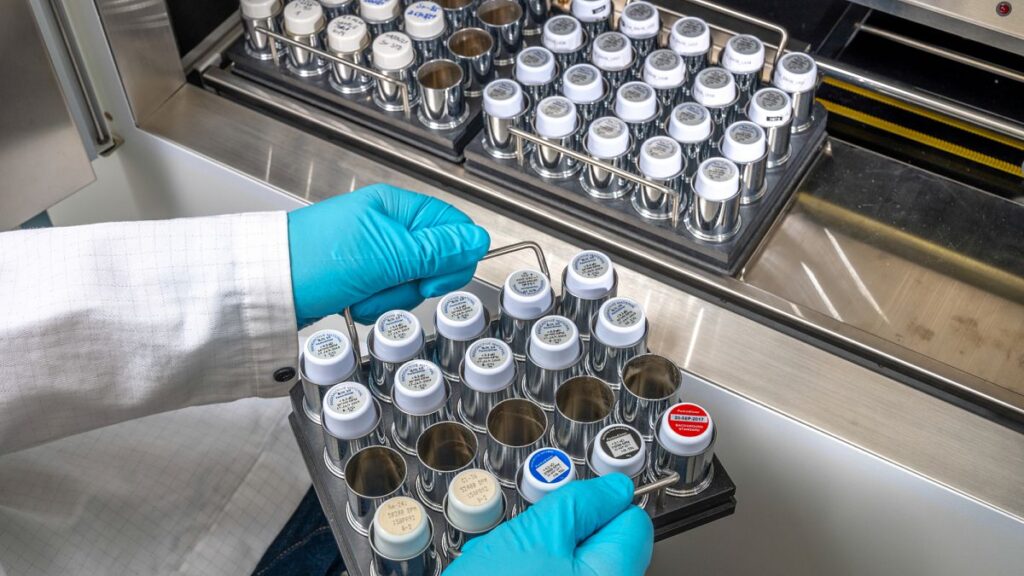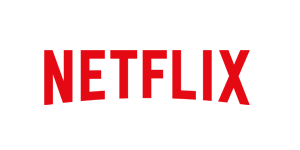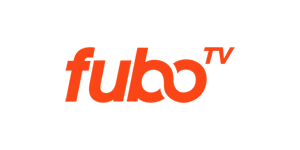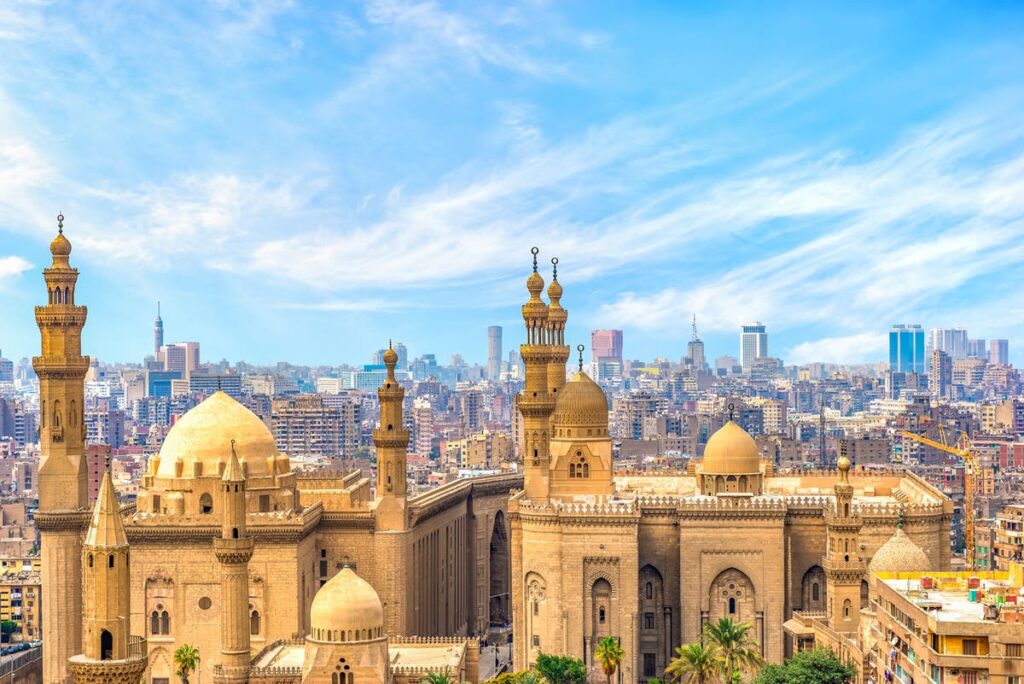Increasing radiopharmaceutical production alone won’t secure Europe’s supply, unless the EU also addresses its dependency on raw materials from Russia and the US, and improves efficiency of cross-border transport, according to the EU’s top pharmaceutical authorities.
As demand for radiopharmaceuticals grows steadily across Europe, the European Medicines Agency (EMA) and the Heads of Medicines Agencies (HMA) issued a joint set of recommendations on Monday urging the EU to strengthen its supply chain by targeting critical vulnerabilities beyond production.
Radiopharmaceuticals are medicines containing radioactive isotopes and are essential in diagnosing and treating conditions such as tumours. An example is the use of iodine for imaging and treating thyroid cancer.
While safe for medical use, their radioactive nature makes both production and transport uniquely complex and highly regulated.
The EMA warns that the EU’s current supply chain is not only constrained by limited manufacturing capacity, but also hampered by fragmented transport regulations and a heavy reliance on third countries for key raw materials.
A call to ensure the supply of medical radioisotopes was highlighted by EU-27 energy ministers last June.
Dependency on Russia, US
A major concern is the EU’s dependence on High-Assay Low-Enriched Uranium (HALEU), a specialised fuel used in reactors that produce medical isotopes.
Currently, Russia is the only commercial supplier capable of delivering HALEU at scale through its state-owned company Tenex.
The US, while not yet a major supplier, began producing HALEU domestically in October 2023 for the first time in more than 70 years.
Additionally, French nuclear fuel company Orano is exploring the possibility of building a uranium enrichment facility in the US to reduce Washington’s reliance on Russian imports.
To address these dependencies, the EMA recommends developing EU-based HALEU enrichment capabilities and investing in long-term solutions.
The EU’s agency also supports initiatives like the European Radioisotope Valley Initiative (ERVI), which aims to boost domestic production of medical radionuclides, and SAMIRA (Strategic Agenda for Medical Applications of Ionising Radiation), part of the EU’s Beating Cancer Plan.
EU countries are encouraged to map their entire radiopharmaceutical supply chains, from raw material sourcing to final delivery, and explore national strategies aligned with a broader EU framework.
The EMA’s recommendations come as the EU reassesses the strategic value of medical radioisotopes, recognising their importance not just for public health but also for geopolitical resilience and health sovereignty.
Transport bottlenecks and lead restrictions
While expanding production remains important, the EMA emphasises that addressing transport bottlenecks is equally critical.
The agency points to regulatory inconsistencies between member states and outdated infrastructure as key barriers to efficient delivery.
Transporting radiopharmaceuticals requires highly specialised containers, strict timing, and coordination across a patchwork of national regulations. All these factors can delay the delivery of time-sensitive, life-saving treatments.
Among its proposed solutions, the EMA calls for EU-wide certification standards for transport containers and mutual recognition of certifications among member states.
Without such harmonisation, delays and inefficiencies could intensify as demand continues to rise.
One looming challenge is the EU’s move to ban lead in transport containers. Lead, commonly used to shield radioactive materials, poses significant environmental and health risks.
While the EU has already banned lead shot in wetlands, broader restrictions are being considered, potentially affecting the radiopharmaceutical supply chain.
However, the EMA stresses the Commission to consider the potential challenges and consequences for the sector in case of a ban of lead.
Premium IPTV Experience with line4k
Experience the ultimate entertainment with our premium IPTV service. Watch your favorite channels, movies, and sports events in stunning 4K quality. Enjoy seamless streaming with zero buffering and access to over 10,000+ channels worldwide.

















